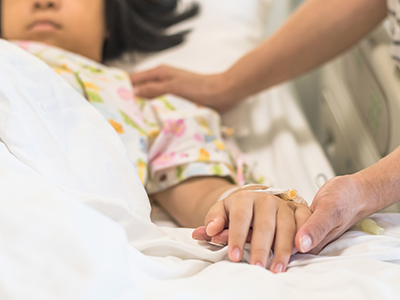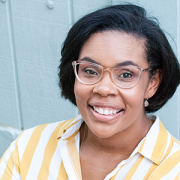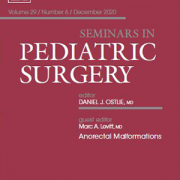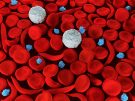How POEM may change the standard of care for pediatric achalasia

Today, Drs. Petrosyan and Kane have performed over 35 POEM procedures for children to resolve esophageal achalasia symptoms.
In 2016, pediatric surgeons Mikael Petrosyan, M.D., and Timothy Kane, M.D., published an article in the Journal of Pediatric Surgery reviewing their experience with the surgical treatment of achalasia and how peroral endoscopic myotomy (POEM) was a new technique being used at Children’s National Hospital to treat esophageal achalasia in children.
The procedure, first used in adults to treat esophageal achalasia, uses a different approach than the current minimally invasive standard of care for children, the Heller myotomy. At the time of the initial study, the team had performed only a few POEM procedures for children but was already starting to see the promise this procedure could offer if done correctly.
While esophageal achalasia affects only about one in every 1 million kids (versus one in 100,000 for adults), the condition, which occurs when the esophagus muscles fail to function properly and the lower sphincter of the esophagus doesn’t relax enough to allow food into the stomach, can have serious impacts on daily life. The tight sphincter may cause food backup, heartburn, chest pain, and many other painful symptoms. Unfortunately, medical interventions including balloon endoscopy or Botox injections, are only temporary fixes that don’t last longer than a month or so before further treatment is needed. For kids who have long lives ahead of them, a surgical solution is the best hope for permanent symptom relief.
At the time of the 2016 study, Dr. Kane said that, “Heller myotomy works very well for most kids — that’s why it’s the standard of care. Our study found that patients who underwent the POEM procedure experienced the same successful outcomes as Heller patients, and we already knew from adult data that POEM patients reported less pain following surgery — a win-win for children.”
Today, Drs. Petrosyan, the associate chief, and Kane, the chief, of General and Thoracic Surgery at Children’s National, have performed over 35 POEM procedures for children to resolve esophageal achalasia symptoms. Increasingly, they find themselves recommending the POEM for many reasons, including, of course, the faster recovery. Kids who have a POEM procedure also often go home in one to two days following surgery and report less pain — typically a sore throat from the endoscopy and the anesthesia, but very little pain at the surgical site.
The surgeons say that the while it takes a steep learning curve to perfect the technique of using POEM in children due to the size of the available instruments to perform the procedure coupled with the challenge of a child’s tiny esophagus, the benefits for patients are well worth it.
“There’s only a single incision in the esophagus, and no incision in the abdomen,” says Dr. Petrosyan. “Kids tolerate the surgery really well, report very little pain, and recover very quickly with minimal complications.”
Even better, he continues, unlike the Heller myotomy, POEM can be performed at any point in treatment, even if other therapies or surgical interventions (including a Heller myotomy) have been previously performed. It can also be repeated if needed — though so far, they haven’t needed to do any further revisions in the population at Children’s National.
Drs. Petrosyan and Kane have performed successful POEM procedures for children with esophageal achalasia between the ages of four and 12. Younger children, (under a year of age) with smaller anatomy, continue to be treated using the Heller procedure due to the limitations in size of the surgical instruments.
Children’s National Hospital is one of the only children’s hospitals in the country to offer the option of POEM for treatment of these conditions — and Drs. Kane and Petrosyan combined perform more of these procedures than any other pediatric surgeon in the United States.
A forthcoming peer-reviewed study will highlight the use of POEM for this population and weigh its success against the current standards of care for treating children with esophageal achalasia.
In the meantime, the surgeons at Children’s National continue to offer POEM as a primary intervention for children with esophageal achalasia and are also applying the same approach for pediatric gastroparesis as well.











